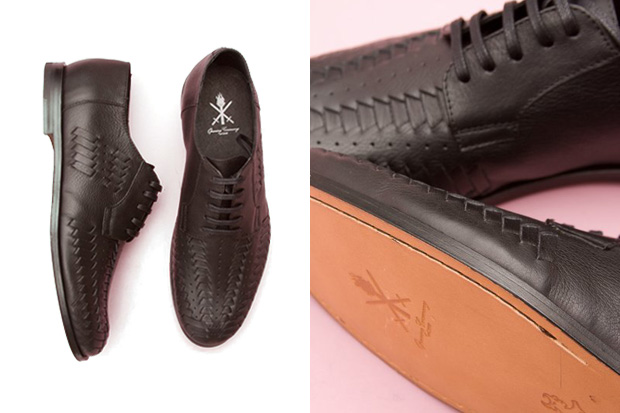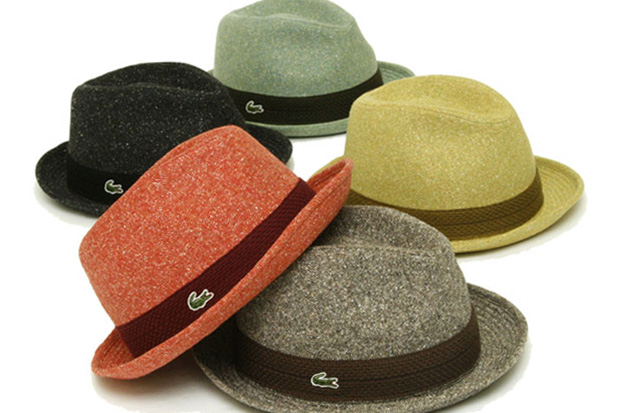The hidden meaning of the hidden Starbucks logo: "
 – Bryant Simon is professor of history and director of American Studies at Temple University. He is the author of “Everything but the Coffee: Learning about America from Starbucks”. The views expressed are his own. –
– Bryant Simon is professor of history and director of American Studies at Temple University. He is the author of “Everything but the Coffee: Learning about America from Starbucks”. The views expressed are his own. –
Last week, Roy Street Coffee and Tea, located at the corners of Roy Street and Broadway in Seattle, opened. This is another one of those stealth Starbucks – Starbucks stores without the Starbucks name over the front door – the coffee giant has been opening in its hometown and in London as of late. Like the other shops of this new vintage, this one is appointed with antique-style furniture, retro lighting, and a distressed looking table top salvaged from an old ship.
The rough-hewed interiors of these not Starbucks Starbucks haven’t really mattered to the journalists and bloggers who have been writing about them. They talk only about the naming patterns in Starbucks’ most recent branding strategy.
To them, the names of the stores represent a brand crisis. Quite rightly, they point out, when a brand hides its own identity, it is in some ways admitting defeat, saying that its name – a central part of any brand – has lost value. When it comes to Starbucks, all of this is true, but the question is why? Why has the Starbucks brand lost so much value that it has to hide from customers and act like a small business? The answer to these questions rests with communities and consumers, what they care about and desire the most these days.
Over the last several years, a quiet but decided shift in buying patterns has taken place. Really, there is something of a velvet revolt or a quiet rejection of brands going on.
In the early years of this century, the then mayor of Baltimore Martin O’Malley begged Starbucks to come to his city. He thought these big name stores would lend his de-industrializing hometown a much needed upper-middle-class sheen. Same with the residents of Landsdowne, Pennsylvania. In 2004, the town had several mom and pops diners and coffee shops. One day, though, a team of local residents lined up in three rows of forty in an empty lot where a 7-11 used to be. When the photographer gave them the sign, they turned over the letters. Their message read: “Got Location! Need Starbucks!” Afterwards, the Greater Lansdowne Civic Association sent this “visual petition” to Starbucks headquarters. Landsdowne never got a Starbucks, but Benicia, California and a lot of other towns got plenty of Starbucks.
By 2007, Benicia didn’t want them anymore. When Starbucks tried to open a fifth store in the northern California coastal town some residents balked. “It’s a serious problem,” a former city councilor and owner of an independent coffee house, told the Contra Costa Times (By Danielle Samaniego, “Benicia Looks at Limiting Chain Stores,” Contra Costa Times, Feb. 16, 2007). “People need to wake up to it,” she proclaimed, “When you drive through a town and everything is so homogenized that you can’t tell where you are anymore, that’s a problem.” She had an idea. Limit the number of chains. Ban them even. Encourage, instead, small, one-of-a-kind businesses. Soon her idea gained the support of local officials looking for ways to curtail the opening of more chain stores without violating state and federal laws. When the city council started to debate a ban on all “formula” businesses, a city official told the Contra Costa Times, “it’s about protecting the unique character of the commercial areas of Benicia, and there’s nothing unique about a store that has the same look and style, not just here, but everywhere.” (By Rachel Raskin-Zrihen, “Officials Look at Ways to Prevent Starbucks Overflow,” Contra Costa Times, Feb. 9, 2007)
BRAND AVOIDANCE
This wasn’t just about Starbucks. This was about a growing resistance to brands, and their dominance of the landscape, symbolized by Starbucks. With their feet and their purchases, individual consumers are revolting as well. Scholars have started to call this trend, “brand avoidance,” as consumers worried about the larger social and economic impact of brands on society look for other options, even if those options cost a bit more. In growing numbers, buyers are choosing the local over the brand, the farmers market over the supermarket, the Main Street strip over the mall. Same with coffee.
While Starbucks closed down outlets in 2008, citing the New Recession as the cause, i ndependent coffee houses, the Seattle Times noted, brought in new customers and they didn’t cut prices. Over the last few years, in fact, the number of independent coffee houses in the U.S. has jumped past the number of chain store outlets, and now represent 54 percent of the coffee market.
ndependent coffee houses, the Seattle Times noted, brought in new customers and they didn’t cut prices. Over the last few years, in fact, the number of independent coffee houses in the U.S. has jumped past the number of chain store outlets, and now represent 54 percent of the coffee market.
How can we explain these consumer choices and the growth of these smaller business sectors? Consumers, just like the towns they live in, are starting to think that going to the branded store – to Starbucks or Cosi or Chipotle – costs too much. It makes them look too ordinary and too much like everyone else.
This is what those not Starbucks Starbucks stores tacitly acknowledge. By hiding their logos, they speak to the growing appeal of the locally owned small businesses. (Remember the stealth Starbucks stores are individually designed and named after the streets they are on – the places themselves.)
Apparently the experiment isn’t working. A former Starbucks insider said that Seattle’s 15th Ave. Coffee and Tea – the first of the new not Starbucks stores (its website, by the way, is called www.streetlevelcoffee.com) – is doing only a third of the business of the regular green-logoed Starbucks store that used be at that site.
Perhaps consumer really do want something more than branded artifice; they want something genuinely local.
The revolt against sameness may actually be real, too real for a fake Starbucks. And certainly this growing rejection of brands presents an opportunity for entrepreneurs and small business owners to create something authentically local for their customers.
"







